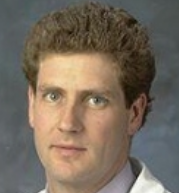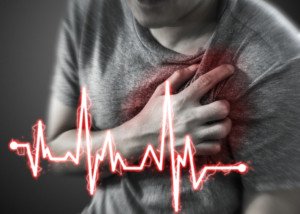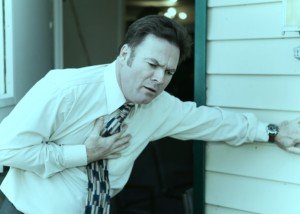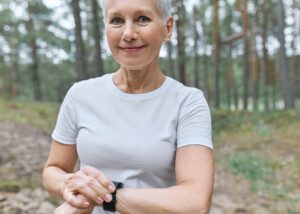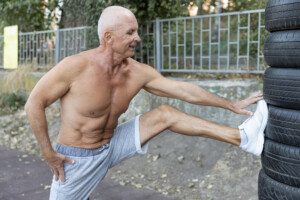
A surprising study shows that even hardcore exercisers in middle age could have severe degrees of coronary heart disease: very blocked arteries.
This is especially true if the athlete has other risk factors for CHD such as a family history, high cholesterol or high blood pressure.
But it’s not logical to think, “Gee, what’s the point of all that exercise or activity if you can end up with heart disease anyways?”
The study, which appears in a 2018 BMJ Open Sport and Exercise Medicine, definitely points out that being “really active” does not mean that you can “outrun your risk factors” for coronary artery disease.
The point is that you STILL should exercise, including rigorously, but not to the point where you can’t do any exercise the next day.
Look at it this way: Smoking is a major risk factor for CHD. But nonsmokers not only get clogged arteries, they get heart attacks.
Does this mean there’s no point in giving up smoking? Nobody in their right mind would think this way.
Likewise, just because rigorous exercisers were shown to have severe blockages doesn’t mean there’s no benefit or point with exercise.
The study is not the first to reveal this information. It’s already been known.
“Yes, many patients are marathon runners or incredibly buff and can have terrible coronary artery disease,” says Dr. Lowell Steen, MD, Interventional Cardiologist at Loyola University Medical Center, Director of the Interventional Cardiology Fellowship Training Program, and Medical Advisor to 120/Life, a functional beverage with a blend of six natural ingredients that promote normal blood pressure.
“Sometimes these are the hardest patients to care for because their cardiovascular reserve is so good that they do not exhibit symptoms.”
So there goes the idea that just because you killed a steep 10 mile hike in the wilderness this means your heart’s arteries must be clear.
How do middle age fitness enthusiasts end up with clogged arteries?
Dr. Steen explains, “This is typically due to family history or a genetic predisposition, which can manifest in coronary artery disease despite excellent lifestyle habits and fitness.
“Every year, a marathon or triathlon participant has a myocardial infarction (heart attack) or dies suddenly, and this is why.”
How the Study Was Done
• 798 “masters athletes” 35+ were followed by the researchers.
• Physical activity was moderate to vigorous and at least three days/week, including running, triathlons, cycling and hockey.
• Participants answered a questionnaire.
• They had their waist size and blood pressure taken.
• Some had an exercise stress test.
• Subjects with abnormal results had further testing (e.g., coronary angiogram).
Study Results
• 11 percent (94) had significant CHD.
• Ten of the participants had severe CHD: The arterial blockages was at least 70 percent.
• These individuals, however, did not have any symptoms.
The study did not dig into other risk factors for plaque buildup in arteries, such as SAD: standard American diet, which is heavy in sodium, added sugars and processing.
SAD can cause high blood pressure, a risk factor for CHD.
Other Risks for Coronary Heart Disease
• Poor sleep habits, insomnia
• Chronic stress
• Untreated sleep apnea (athletes can have this due to natural throat structure)
• Excess belly fat
The takeaway is that even if you can effortlessly charge up steep hills for an hour, then help someone move later on that day, then next day do heavy strength training – you should still see a cardiologist for routine checkups.
A home blood pressure device should be part of your fitness regimen, not just the running shoes and climbing gear.
You should also re-evaluate your diet, regardless of how physically fit you are. SAD could be causing blockages in your heart’s arteries.

